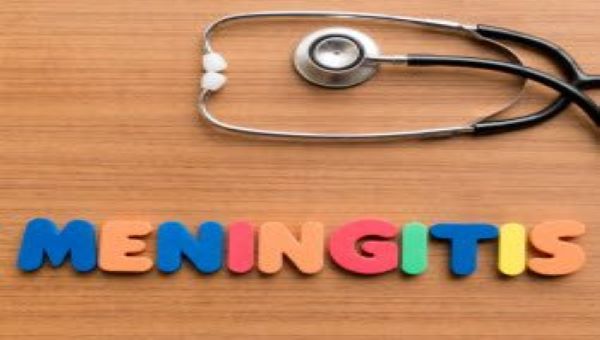Know more about COVID 19
Jul 02, 2022
COVID 19
INTRODUCTION
-
Coronavirus disease 2019 (COVID-19) is a contagious disease caused by a virus, the severe acute respiratory syndrome coronavirus 2 (SARS-CoV-2).
- The first known case was identified in Wuhan, China, in December 2019.[7]
- The disease spread worldwide, leading to the COVID-19 pandemic.
CAUSES
- COVID‑19 is caused by infection with a strain of coronavirus known as severe acute respiratory syndrome coronavirus 2 (SARS-CoV-2).
SIGNS & SYMPTOMS
- COVID-19 affects different people in different ways. Most infected people will develop mild to moderate illness and recover without hospitalization.
- Most common symptoms:
- fever
- cough
- tiredness
- loss of taste or smell.
- Less common symptoms:
- sore throat
- headache
- aches and pains
- diarrhoea
- a rash on skin, or discolouration of fingers or toes
- red or irritated eyes.
- Serious symptoms:
- difficulty breathing or shortness of breath
- loss of speech or mobility, or confusion
- chest pain.
Seek immediate medical attention if you have serious symptoms. Always call before visiting your doctor or health facility.
People with mild symptoms who are otherwise healthy should manage their symptoms at home.
On average it takes 5–6 days from when someone is infected with the virus for symptoms to show, however it can take up to 14 days.
DIAGNOSIS
- COVID‑19 can provisionally be diagnosed on the basis of symptoms.
Reverse transcription polymerase chain reaction (RT-PCR).
- Nucleic acid testing of infected secretions.
- Laboratory testing, chest CT scans may be helpful to diagnose COVID‑19 in individuals with a high clinical suspicion of infection.
- Detection of a past infection is possible with serological tests, which detect antibodies produced by the body in response to the infection.
PREVENTION
To prevent infection and to slow transmission of COVID-19, do the following:
- Get vaccinated when a vaccine is available to you.
- Stay at least 1 metre apart from others, even if they don’t appear to be sick.
- Wear a properly fitted mask when physical distancing is not possible or when in poorly ventilated settings.
- Choose open, well-ventilated spaces over closed ones. Open a window if indoors.
- Wash your hands regularly with soap and water or clean them with alcohol-based hand rub.
- Cover your mouth and nose when coughing or sneezing.
- If you feel unwell, stay home and self-isolate until you recover.












